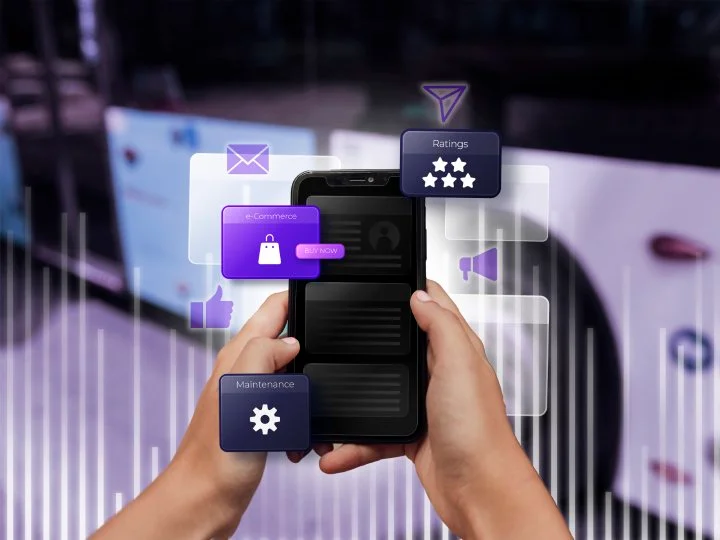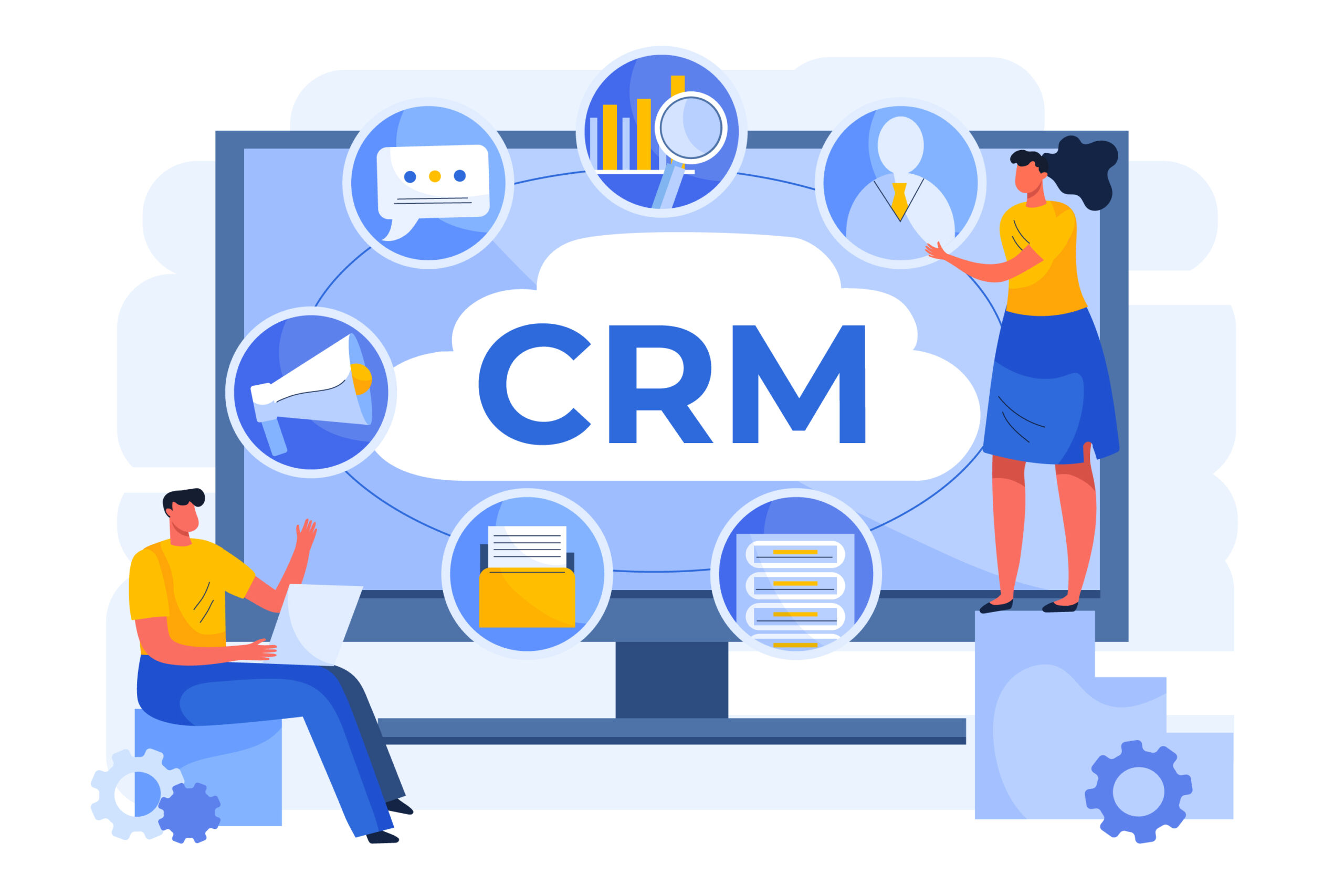
Why Website Security Is No Longer Optional
Website security is now a core business requirement, not a technical decision. Your website acts as the primary gateway for customer engagement, brand perception, and revenue generation. Every session, form submission, account login, and online transaction carries inherent risk. A single breach today results not only in direct financial loss but also regulatory penalties, reputational damage, customer churn, and long-term erosion of trust.
By 2025, the question has shifted from “How do we prevent attacks?” to “How do we stay ahead of attackers who use automation and artificial intelligence?” Cybercriminals now operate with unprecedented sophistication. AI-powered attacks, deepfake impersonations, large-scale credential stuffing, and massive distributed botnets are no longer rare, they are part of daily threat activity across industries.
Businesses operating in this landscape must adopt a security strategy that is engineered from the ground up. Web security today requires secure coding, constant monitoring, encryption, Zero Trust principles, maintenance of API security, and strong oversight across third-party integrations and cloud environments.
At axiusSoftware, we build websites and digital systems with security by design, embedding protection into the architecture so your business remains resilient in an increasingly hostile digital environment.
The New Threat Landscape: What Is Changing in 2025
The threat ecosystem has expanded in both complexity and scale. With more integrations, APIs, automation tools, and third-party systems in use, attack surfaces have increased dramatically. Below are key threat categories business leaders must understand clearly.
AI-Powered Cyber Attacks
Attackers are using machine learning to operate faster and more intelligently. AI can analyze system patterns, target vulnerabilities, simulate user behavior, and evade traditional detection tools.
Why this matters: Traditional signature-based tools cannot detect adaptive attacks.
What businesses must implement:
- AI-assisted behavioral threat detection
- Credential stuffing protection and risk-based authentication
- Real-time telemetry feeding into SIEM or XDR tools
Deepfake and Synthetic Content Manipulation
Deepfake technology can replicate executive voices, create forged videos, or initiate fraudulent approvals. These are used for social engineering, payment fraud, or bypassing identity processes.
What businesses must implement:
- Voice and video authenticity verification
- Biometric validation
- Secure KYC workflows for sensitive transactions
Ransomware 3.0
Ransomware today combines encryption, data exfiltration, and public exposure threats. Even if you recover your data, the attacker may still leak sensitive information
What businesses must implement:
- Immutable backups
- Network segmentation and least privilege
- Continuous patching and configuration scanning
API Vulnerabilities
APIs have become core infrastructure for modern websites and mobile apps. However, poorly protected APIs remain among the top sources of data breaches.
What businesses must implement:
- OAuth 2.0 or OIDC
- Mutual TLS
- Schema validation and rate limiting
- Centralized API gateways
Supply Chain Attacks
Attackers compromise software vendors, CI tools, or dependency libraries, allowing them to infiltrate downstream clients.
What businesses must implement:
- Software Bill of Materials (SBOM)
- Signed dependencies
- Zero Trust adoption for third-party tools
The Shift to a Proactive Security Model
Reactive security is no longer effective. Modern cybersecurity relies on prediction, prevention, and rapid response driven by automation and data.
Security by Design
- Threat modeling during planning and design
- Secure coding patterns including parameterized queries, secret management, sanitization, and secure sessions
- SAST, DAST, and IAST integrated in CI pipelines
Continuous Monitoring
- Real-time data ingestion into SIEM or XDR tools
- Automated triage through SOAR
- Monitoring KPIs such as MTTD and MTTR
Zero Trust Framework
- Verify every session and action
- Never trust internal traffic by default
- Encrypt east-west traffic
- Apply least privilege and micro-segmentation
At axiusSoftware, these approaches are implemented by default, not as add-ons.
Core Elements of Modern Web Security
HTTPS and SSL/TLS Encryption
Encryption is fundamental to secure communication.
Strong implementations include TLS 1.3, HSTS, OCSP stapling, and automated certificate renewal.
Web Application Firewalls (WAF)
A WAF protects against OWASP Top 10 risks, malicious traffic, and unknown threats through virtual patching and behavior analysis.
Multi-Factor Authentication (MFA)
MFA drastically reduces unauthorized access even if passwords are compromised.
Secure Coding Practices
Secure coding eliminates vulnerabilities before deployment.
Regular Updates and Patch Management
Automated patching ensures CMSs, plugins, servers, and libraries remain protected against known vulnerabilities.
Data Encryption and Backup Strategy
AES-256 encryption and TLS 1.2+ secure sensitive data, while immutable backups guarantee restoration during ransomware incidents.
API and Third-Party Integration Security
OAuth 2.0, OIDC, encrypted tokens, API gateways, and continuous audits safeguard APIs across environments.
Continuous Monitoring and Threat Detection
AI-based monitoring, SIEM, and XDR solutions detect suspicious activity instantly.
Employee Awareness and Cyber Hygiene
Security culture begins with people. Continuous training reduces risks associated with phishing, weak credentials, and policy violations.
Emerging Security Technologies in 2025
AI-Driven Threat Detection
AI improves accuracy, reduces false positives, and predicts attack patterns across massive telemetry datasets.
Blockchain for Authentication
Decentralized identity improves credential integrity and reduces the risk of password-related attacks.
Quantum-Resistant Encryption
Organizations must prepare now for the era of quantum computing.
Biometric Verification
Biometric authentication (face, fingerprint, voice) enhances identity assurance and reduces friction during login.
How axiusSoftware Builds Secure and Future-Ready Web Platforms
Our approach ensures security at every layer, from architecture to deployment and ongoing operations.
Discovery and Threat Modeling
- Understanding data flows
- Identifying sensitive assets
- Conducting adversary simulation
Secure Engineering and DevSecOps
- Secure development aligned with OWASP
- SAST, DAST, IAST in CI/CD pipelines
- Secret, dependency, and container scanning
Protected Operations
- WAF and DDoS mitigation
- Hardened TLS
- API gateway and IAM governance
- SIEM and SOAR-based automated defense
Compliance and Assurance
- Alignment with GDPR, HIPAA, ISO 27001
- Evidence-ready logs
- Role-based access and audits
Resilience and Recovery
- Immutable backups
- Key rotation policies
- Failover and disaster recovery planning
With global delivery capabilities and deep security expertise, axiusSoftware builds digital platforms that are fast, scalable, and secure by design.
Security cannot wait. Protect your website with a strategy engineered for 2025 and beyond.
For a professional security assessment or to build secure web systems
Frequently Asked Questions (FAQ)
-
Q1. Why is web security more important in 2025 than ever before?
Attack frequency and complexity have surged, driven by AI-enabled automation, API reliance, and software supply chains. Most organizations manage more integrations and sensitive data than ever. A breach now impacts brand trust, compliance exposure, and revenue. Adopting security by design, continuous monitoring, and Zero Trust is essential to keep pace. -
Q2. How does AI help in web security?
AI analyzes massive telemetry, learns normal behavior, and flags anomalies faster than human-only teams. It can correlate multi-vector attacks, prioritize alerts, and auto-contain threats via SOAR playbooks. This results in lower dwell time, fewer false positives, and faster recovery. -
Q3. What are the most common website vulnerabilities?
Recurring issues include injection attacks, XSS, broken access control, insecure deserialization, weak session management, hard-coded secrets, unpatched dependencies, and insecure APIs. Governance with OWASP Top 10, SAST/DAST, secret scanning, and dependency updates mitigate most of them. -
Q4. How often should I audit my website for security?
Conduct a security audit at least quarterly and after major releases or infrastructure changes. Continuous scanning, runtime monitoring, and annual penetration testing provide ongoing protection. -
Q5. How does axiusSoftware ensure the security of client websites?
We deploy multi-layered protection: secure coding aligned to OWASP, WAF with DDoS shielding, TLS 1.3, hardened APIs, MFA, SIEM/XDR, automated patching, and encrypted backups, all under ISO 27001 practices, aligned with GDPR and HIPAA.











